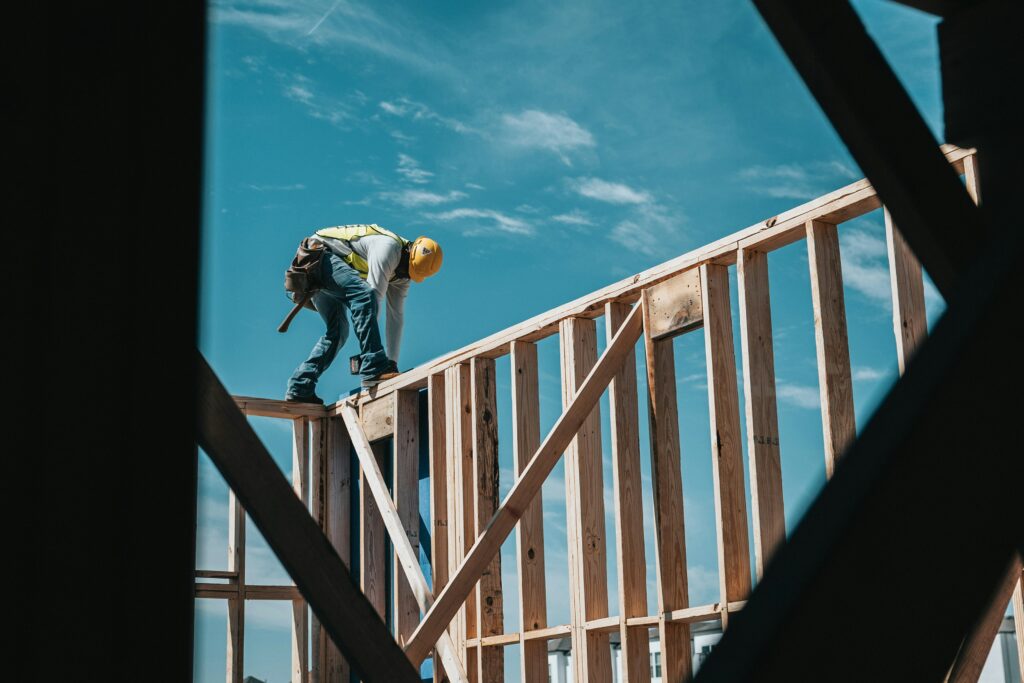Homes in England have increased by 2.1 million over the ten years, reaching 25.4 million in 2023, up 9%, which is marginally ahead of the 7% growth in population during the same period.
Owner-occupied homes continue to make up the majority, accounting for 16.3 million properties, or 64% of the total, according to data by Nationwide.
Privately rented homes represent 19%, while the social rented sector, including local authority and housing association properties, comprises 16%.
- New homes are being built faster than population growth in England
- The last decade shows a growth of 9% more homes vs a 7% increase in population
- Owner occupied are the most popular at 64% of properties
- Typical home sizes have also increased, especially for owner-occupied homes
- Flats are still more popular for rentals, whilst three bedroom-semi-detached are for homeowners
There has been relatively little change in the overall types of homes available over this period. There have been some shifts across tenure, where flats now account for a higher proportion of privately rented dwellings, 42%, up from 38% in 2013.
According to the research, flats are also the predominant property type in the social rented sector, accounting for 45% of dwellings. The picture is very different in the owner occupier sector, where flats represent just 10% of homes, with semi-detached most prevalent at 29%.
Meanwhile, typical property sizes have increased slightly over the last decade. Since 2013, the average floor area has increased from 95.3sqm to 96.2sqm. The table below shows the increases across different property types. The largest increase has been in terraced houses, where the average floor area is 3.6% bigger than in 2013. But the average size of flat, the smallest property type, is now 1.7% smaller than 10 years ago at 60.3sqm.
| Average floor area (m2) | 2013 | 2023 | % chg |
| Flats | 61.4 | 60.3 | -1.7% |
| Bungalow | 77.0 | 77.5 | 0.6% |
| Terraced | 88.7 | 91.9 | 3.6% |
| Semi-Detached | 96.9 | 99.1 | 2.2% |
| Detached | 152.9 | 151.9 | -0.6% |
Reflecting the composition of homes, the owner occupier sector has the highest average floor area at 112sqm. The average floor area in the private and social rented sectors is smaller at 76sqm and 65sqm respectively, due to greater concentration of flats.
Properties in England tend to be a little smaller on average compared with some of our European neighbours. The average property size in the EU is 103sqm, although there is considerable variation amongst nations. The Netherlands, Norway and Belgium stand out as having the most spacious properties on average, while typical properties tend to be much smaller in eastern European nations.
It is really positive to see that the number of homes being built continues to grow, as our population and the desire from people to move home continues to increase year on year.
However, we need to make sure that these homes are meeting ongoing societal and cultural requirements. For example, more people than ever now live alone, and a large portion of them are aged 65 years or older, meaning property specification, type, and tenure all need to be put under the microscope to ensure homes are meeting the requirements of the nation.



